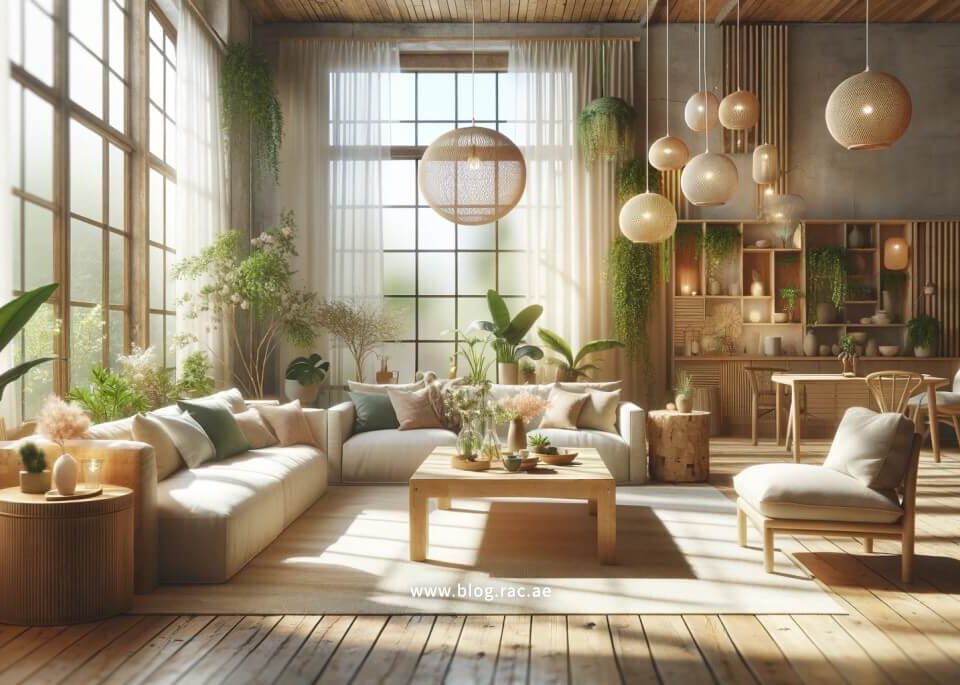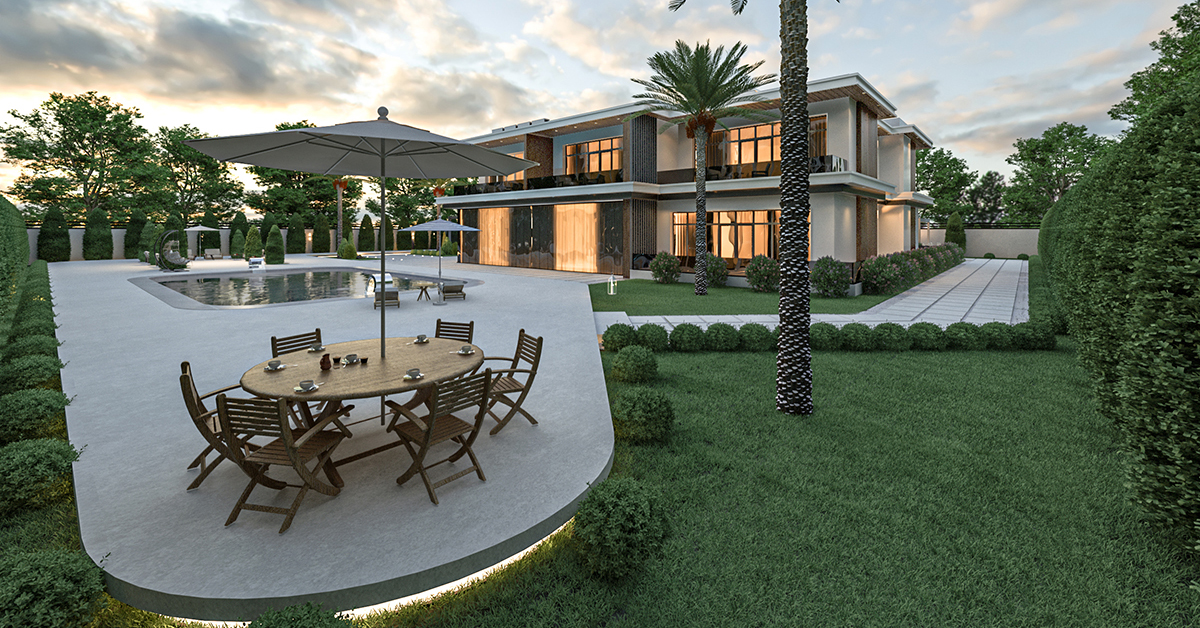
Landscaping Design: Elements, Types, and How to Create Your Own
May 2, 2023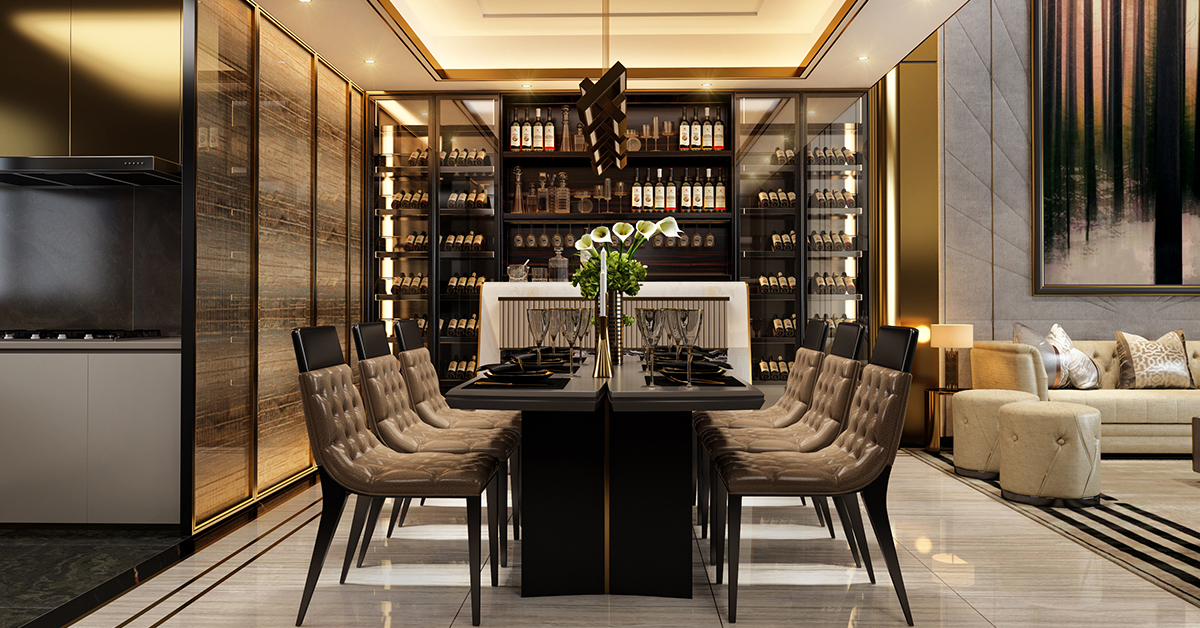
Lighting the Way: A Comprehensive Guide to the Different Types of Lighting in Interior Design
May 4, 2023Maximizing Small Spaces: Interior Design Tips for Tiny Homes and Apartments
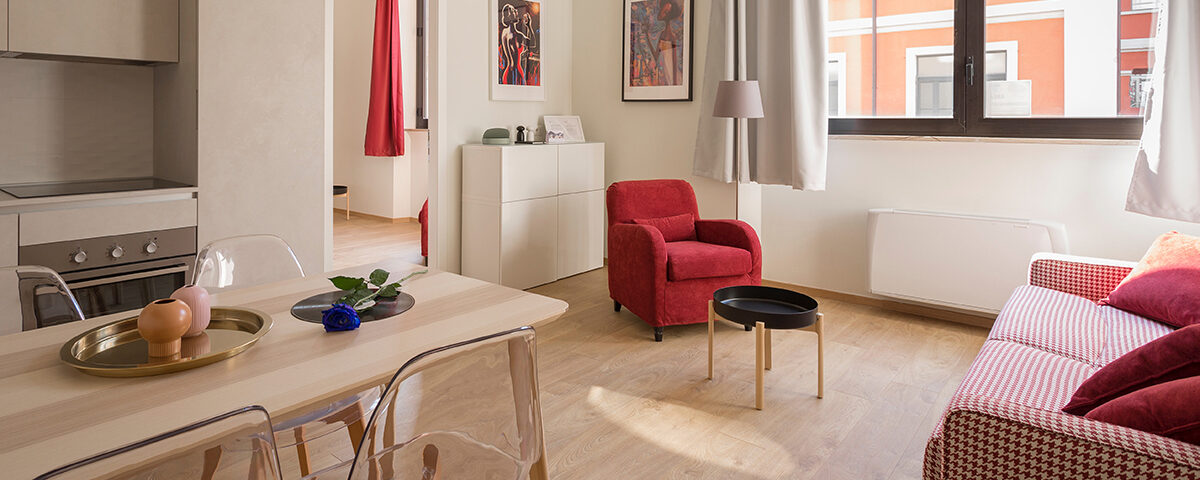
Living in a small home or apartment can be a great way to save money and minimize your environmental footprint. However, it can be challenging to create a comfortable and functional living space in such a limited area. With some creative interior design tips and tricks, though, you can maximize your small space and create a beautiful home that works for you.
To begin with, here are some useful tips to help you get started:
Table of Contents
Choose the Right Furniture
When it comes to furnishing a small space, it’s important to choose pieces that are multi-functional and scaled appropriately. Look for furniture that can serve multiple purposes, like a sofa bed or a coffee table with hidden storage. Avoid bulky or oversized furniture, as it can make a small space feel even smaller.
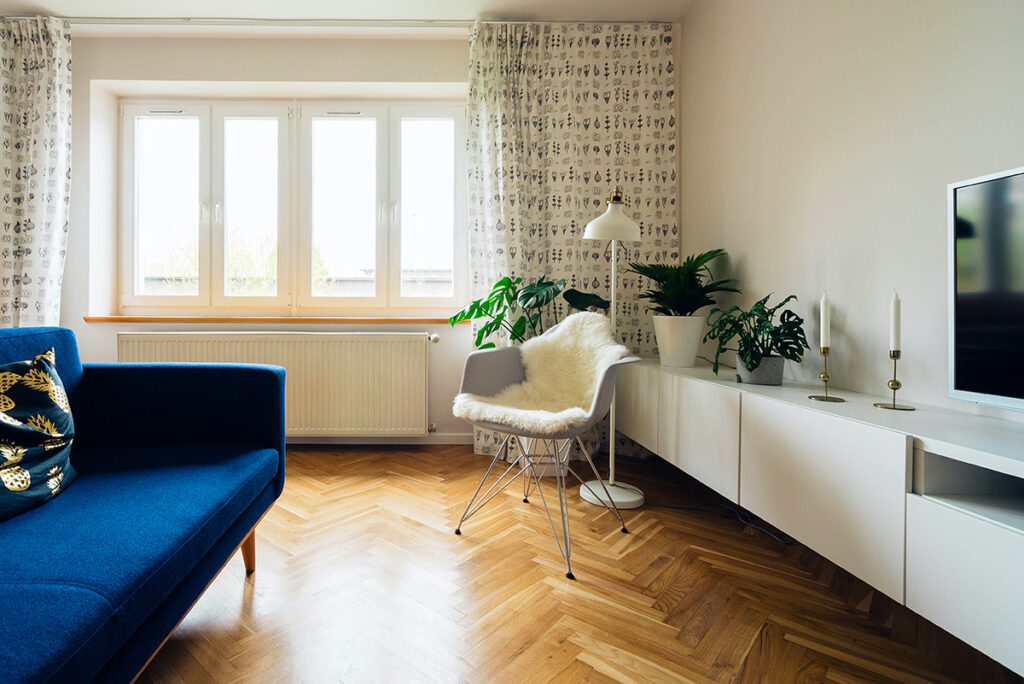
Use Vertical Space
Make use of your vertical space by installing shelves or hanging storage. This not only provides more storage options, but it can also draw the eye upwards, making the space feel larger. You can also use tall furniture, like bookcases or armoires, to create visual interest and add storage.
Embrace Light Colors
Light colors have the ability to reflect light and create a sense of openness and airiness within a space. Stick to light-colored walls and furniture, and add pops of color with accessories or artwork. Avoid using dark colors, which can make a space feel closed-in and cramped.
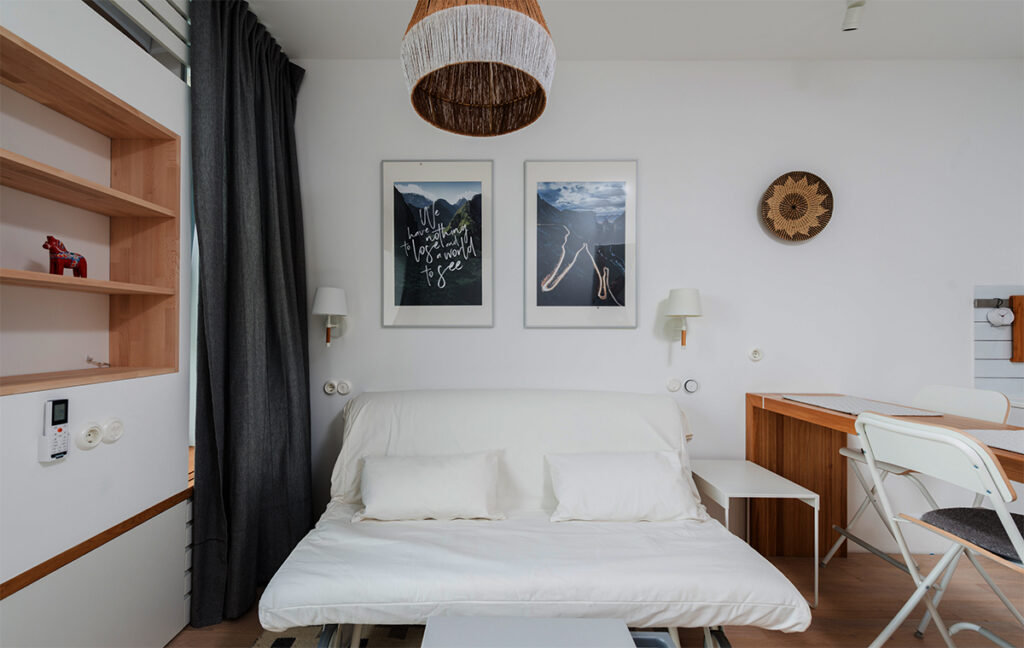
Get Creative with Storage
In a small space, storage plays a crucial role. Look for creative ways to add storage, such as under-bed storage, hanging organizers, or built-in shelving. You can also use furniture with hidden storage, like ottomans or benches.
Keep it Simple
In a small space, less is often more. It’s advisable to steer clear of overloading the space with excessive decorations or furniture pieces, which can lead to cluttering. Instead, choose a few statement pieces and keep the overall design simple and streamlined.
By following these interior design tips, you can maximize your small space and create a beautiful and functional home. Don’t be afraid to get creative and think outside the box – there are endless possibilities for making the most of your tiny home or apartment.
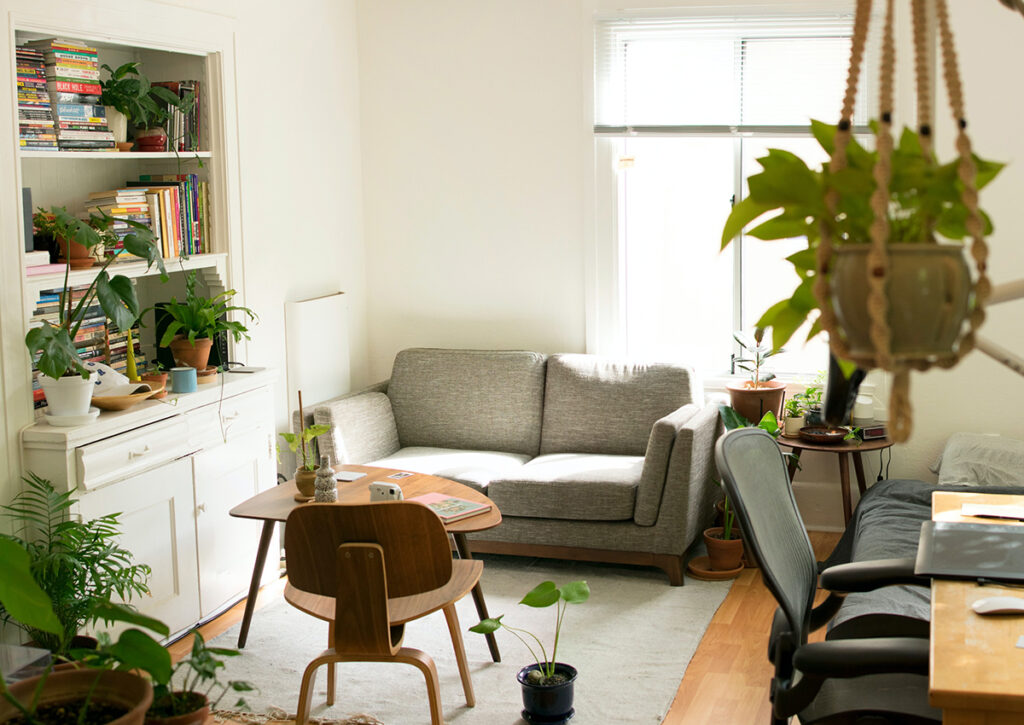
Overall, maximizing small spaces requires a bit of creativity and planning. By choosing the right furniture, using vertical space, embracing light colors, getting creative with storage, and keeping things simple, you can transform your tiny home or apartment into a comfortable and stylish space.
Key Takeaways: Smart Strategies for Maximizing Small Living Spaces
Maximizing small living spaces requires thoughtful consideration of furniture, color, and storage. Choosing multi-functional and appropriately scaled furniture can greatly enhance the usability of limited areas. Light colors are preferred for walls and large furniture pieces as they make spaces appear larger and more open. Creative storage solutions and maintaining a simple decor style also play critical roles in making the most out of small spaces. By implementing these strategies, tiny homes and apartments can be transformed into comfortable, stylish, and functional abodes. Embrace these tips to efficiently utilize every square inch of your small living space, creating an environment that feels both expansive and inviting.
FAQs
1. What type of furniture is best suited for small spaces?
For small homes and apartments, it’s ideal to select furniture that is both multifunctional and appropriately scaled to the space. Pieces like sofa beds or coffee tables with storage help maximize usability without occupying too much room.
2. How can vertical space be utilized in a small apartment?
Utilizing vertical space effectively can make a small room feel larger and more organized. Installing shelves, using tall bookcases, and adding hanging storage are practical ways to enhance storage options and draw the eye upwards, creating a sense of added height.
3. Why are light colors recommended for small spaces?
Light colors are known to reflect light and create a feeling of openness and airiness, making a small space appear larger and more inviting. Using light-colored walls and furniture can help achieve this effect, while darker colors might make the room feel more cramped and dim.
4. What are some creative storage solutions for tiny homes?
Creative storage solutions are crucial in maximizing space in tiny homes. Consider under-bed storage, built-in shelving, hanging organizers, and furniture with hidden storage compartments like ottomans or benches with lift-up seats.
5. How can keeping decor simple benefit small living spaces?
In small areas, maintaining a simple and uncluttered aesthetic can make the space feel larger and more organized. Opt for a few statement pieces and avoid overcrowding the room with too much furniture or decor.
6. What are the advantages of using multi-functional furniture in tiny homes?
Multi-functional furniture offers versatility and efficiency, providing multiple uses within a single piece. This can include sleeping, storage, and seating options, which are particularly beneficial in maximizing the functionality of a limited area.
7. How does the choice of wall color affect the perceived size of a room?
Wall color significantly influences how large or small a room feels. Lighter colors tend to make a room feel bigger and brighter, whereas darker shades can make it feel smaller and more enclosed.
8. What should be considered when choosing accessories for a small apartment?
When selecting accessories for a small apartment, focus on items that add style without taking up too much physical or visual space. Opt for functional items that enhance the aesthetic and keep decorative pieces to a minimum to avoid a cluttered look.
9. Are there specific lighting tips for small spaces?
Effective lighting can open up a small space significantly. Utilize multiple light sources across different levels (ceiling, table, floor) to enhance the sense of depth and space. Mirrors can also be strategically placed to reflect light and create an illusion of more space.
10. How important is furniture placement in small living areas?
Proper furniture placement is crucial in small spaces to ensure the area remains functional and feels open. It’s important to arrange furniture in a way that allows for easy movement and doesn’t block natural light sources.

